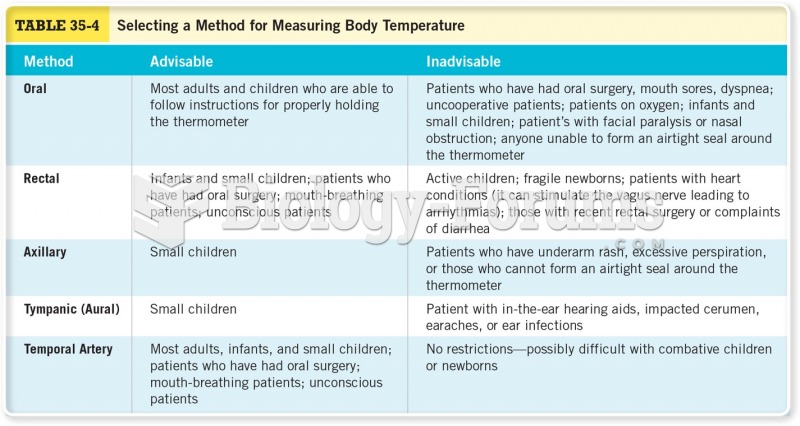Answer to Question 1
ANS:
Most seafood available in the United States is safe, but eating it undercooked or raw can cause severe illnesses hepatitis, worms, parasites, viral intestinal disorders, and other diseases. Rumor has it that freezing fish will make it safe to eat raw, but this is only partly true. Commercial freezing kills mature parasitic worms, but only cooking can kill all worms and other microorganisms that can cause illness. For safety's sake, all seafood should be cooked until it is opaque.
As for sushi, even a master chef cannot detect harmful microbes that may occur in even the best-quality, freshest fish. The marketing term sushi grade implies wholesomeness, but is not legally defined and does not guarantee quality, purity, or freshness. Sushi can be safe to eat when chefs combine cooked seafood and other ingredients into these delicacies.
Eating raw oysters can be dangerous for anyone, but people with liver disease and weakened immune systems are most vulnerable. At least 10 species of bacteria found in raw oysters can cause serious illness and even death. Raw oysters may also carry the hepatitis A virus, which can cause liver disease. Some hot sauces can kill many of these bacteria, but not the virus; alcohol inactivates some bacteria, but not enough to guarantee protection (or to recommend drinking alcohol). Pasteurization of raw oystersholding them at a specified temperature for a specified timeholds promise for killing bacteria without cooking the oyster or altering its texture or flavor.
As population density increases along the shores of seafood-harvesting waters, pollution inevitably invades the sea life there. Preventing seafood-borne illness is in large part a task of controlling water pollution. To help ensure a safe seafood market, the FDA requires processors to adopt food safety practices based on the HACCP system.
Chemical pollution and microbial contamination lurk not only in the water, but also in the boats and warehouses where seafood is cleaned, prepared, and refrigerated. Because seafood is one of the most perishable foods, time and temperature are critical to its freshness, flavor, and safety. To keep seafood as fresh as possible, people in the industry must keep it cold, keep it clean, and keep it moving. Wise consumers eat it cooked.
Answer to Question 2
ANS:
Campylobacter
Raw and undercooked poultry, unpasteurized milk, contaminated water
Onset: 2 to 5 days.
Diarrhea, vomiting, abdominal cramps, fever; sometimes bloody stools; lasts 2 to 10 days.
Cook foods thoroughly; use pasteurized milk; use sanitary food-handling methods







